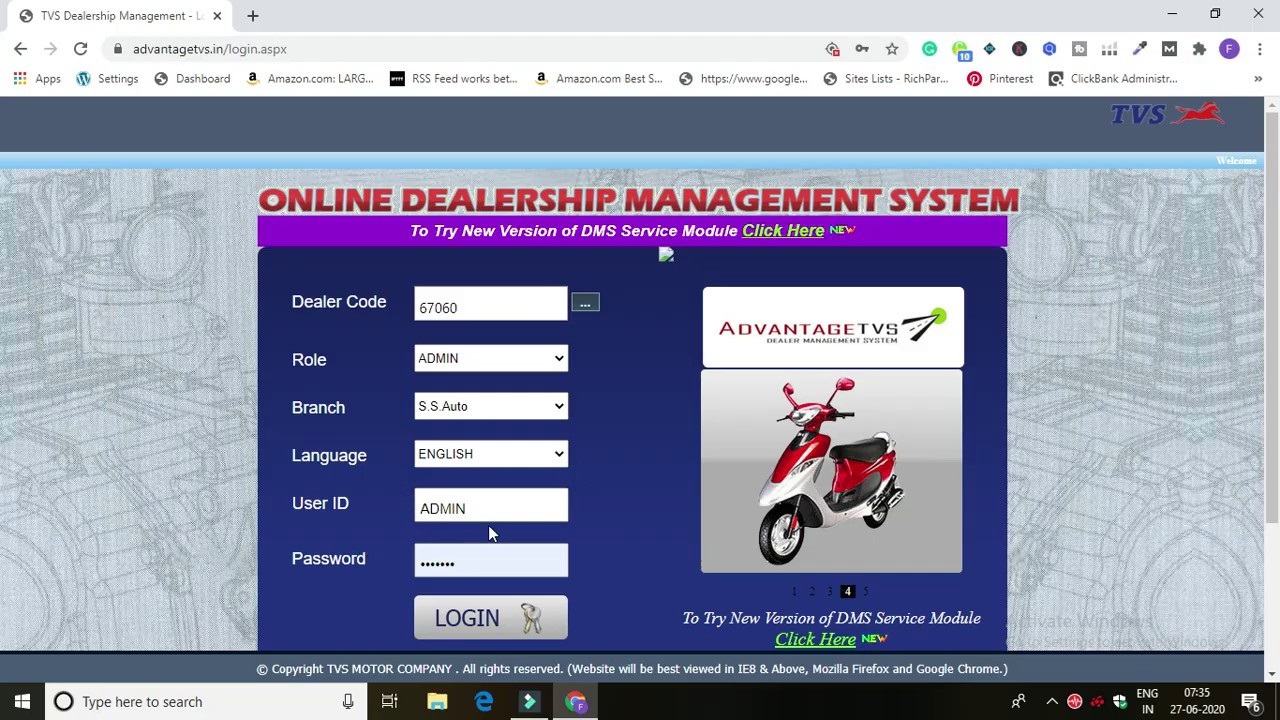
Is your laptop feeling sluggish? If you’re struggling with performance, upgrading the RAM can be a great solution. It’s a common concern for many laptop users, especially when tasks take longer.
While upgrading RAM might sound technical, it’s often simpler than you think. And with laptop repairs near me, you’re never far from getting the help you need. Let’s explore some relevant tips to upgrade your laptop’s RAM effectively.
Relevant Tips
Check Your Laptop’s Compatibility
Before making any upgrades, it is important to know if your laptop supports more RAM. Not all laptops are designed to allow users to upgrade their memory. Some models, especially ultrabooks, have it soldered onto the motherboard. In these cases, you can’t upgrade it. But many systems still offer the option. Check its model or consult the manufacturer’s website to find out.
Choose the Right RAM
Once you know your systems can handle an upgrade, the next step is choosing the right RAM. Not all RAM is the same. You need to make sure the new memory matches your laptop’s specifications. Factors like DDR generation, clock speed, and the number of pins are crucial. If you’re unsure which RAM to buy, the best option is to consult your system’s manual. You can also take your systems to a professional for advice, which brings us to the next point.
Seek Help from Repair Shops
If upgrading feels overwhelming, you can always rely on a repair shop. Many local repair shops specialise in laptop upgrades and repairs. They can quickly assess your systems and recommend the right RAM for your system. Additionally, they’ll handle the installation, so you won’t have to worry about opening up your device and risking any damage. A repair shop can also help if you’re having trouble finding compatible memory or if your system has any specific issues preventing the upgrade.
Online Resources for Upgrade
If you’re looking to upgrade yourself, there’s plenty of information available online. Many tech websites and forums offer detailed guides for specific laptop models. These can help you understand the process before you begin. You can also find video tutorials, which are especially useful if you’re a visual learner. However, be cautious when following online advice, as some information might not apply to your system.
Don’t Forget About Software Optimisation
After upgrading your RAM, it’s a good idea to optimise your laptop’s software to take full advantage of the new hardware. While it will improve performance, other factors, like too many background programs or outdated drivers, can still slow your system down. Consider running updates, cleaning up unnecessary files, and managing startup programs to ensure your system runs as efficiently as possible.
Backup Your Data Before Upgrading
Before making any hardware changes, it’s essential to back up your important data. Although upgrading RAM usually doesn’t affect your files, it’s always better to be safe. In the rare case that something goes wrong during the upgrade process, having a backup ensures that you won’t lose any important information. Whether you’re doing the upgrade yourself or taking your system to a repair shop, this step is crucial.
Test Your Laptop After the Upgrade
Once the RAM upgrade is complete, it’s important to test your system to ensure everything is working properly. Start by powering on your device and checking if the system recognises the new memory. You can do this by accessing the system information menu, where the new RAM capacity should be displayed. Afterwards, run a few programs or tasks to see if you notice improved performance.
Upgrading your laptop’s RAM can significantly boost its performance, making everyday tasks much faster and smoother. Whether you decide to handle the upgrade yourself or seek out professionals while searching for laptop repairs near me, it’s an investment that pays off in speed and productivity. With the right approach, you can extend the life of your system and enjoy a much-improved computing experience.







